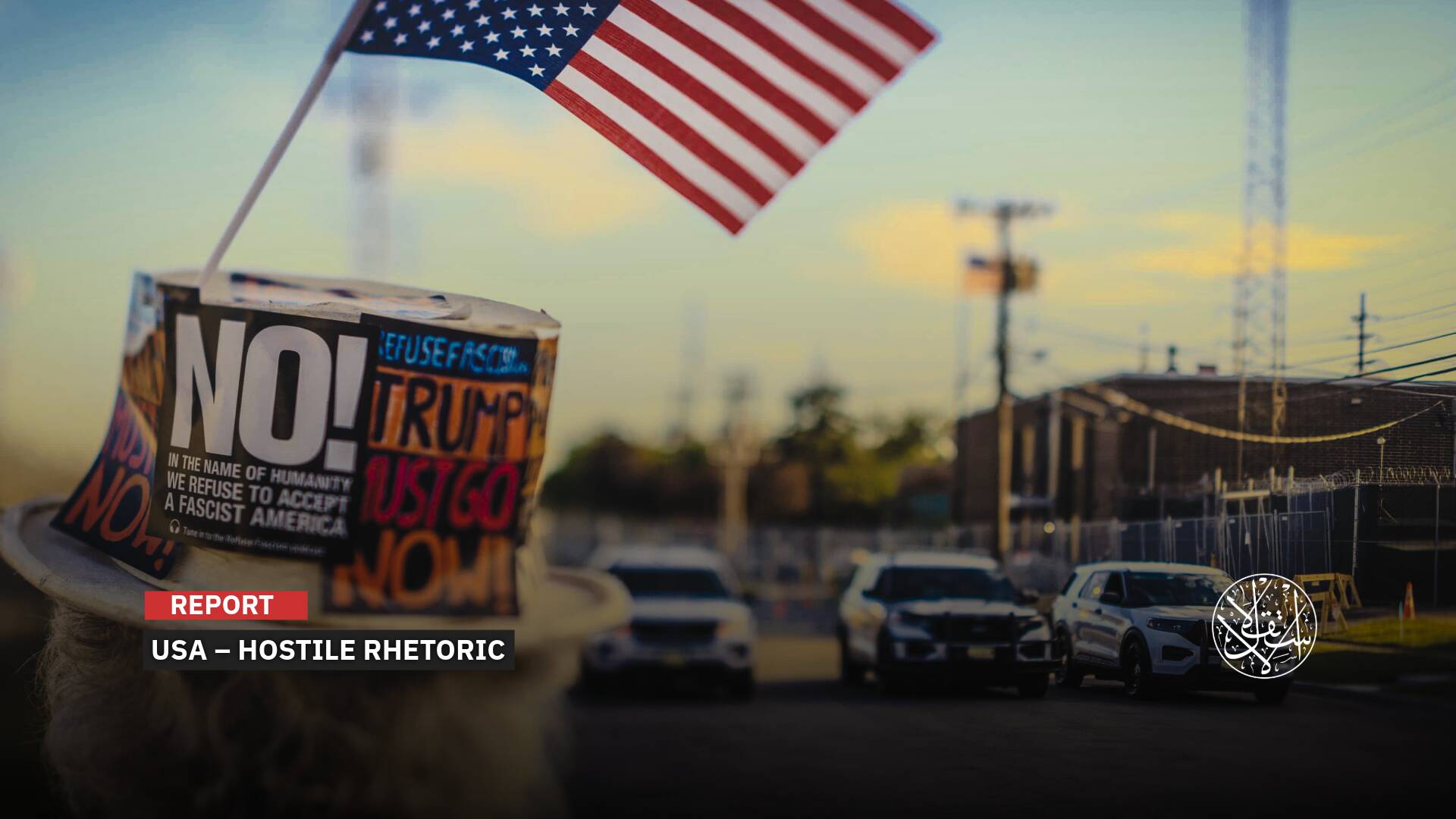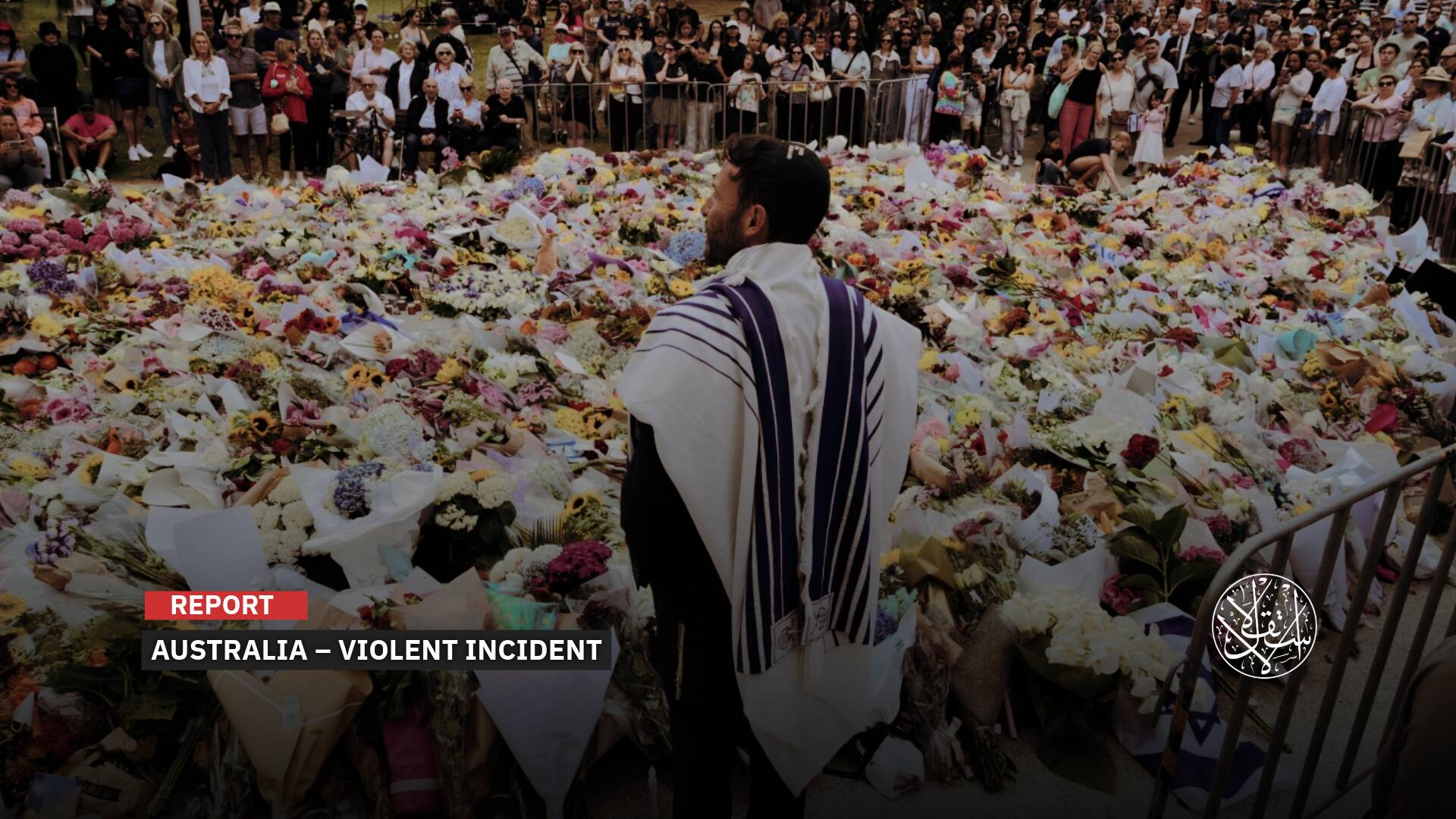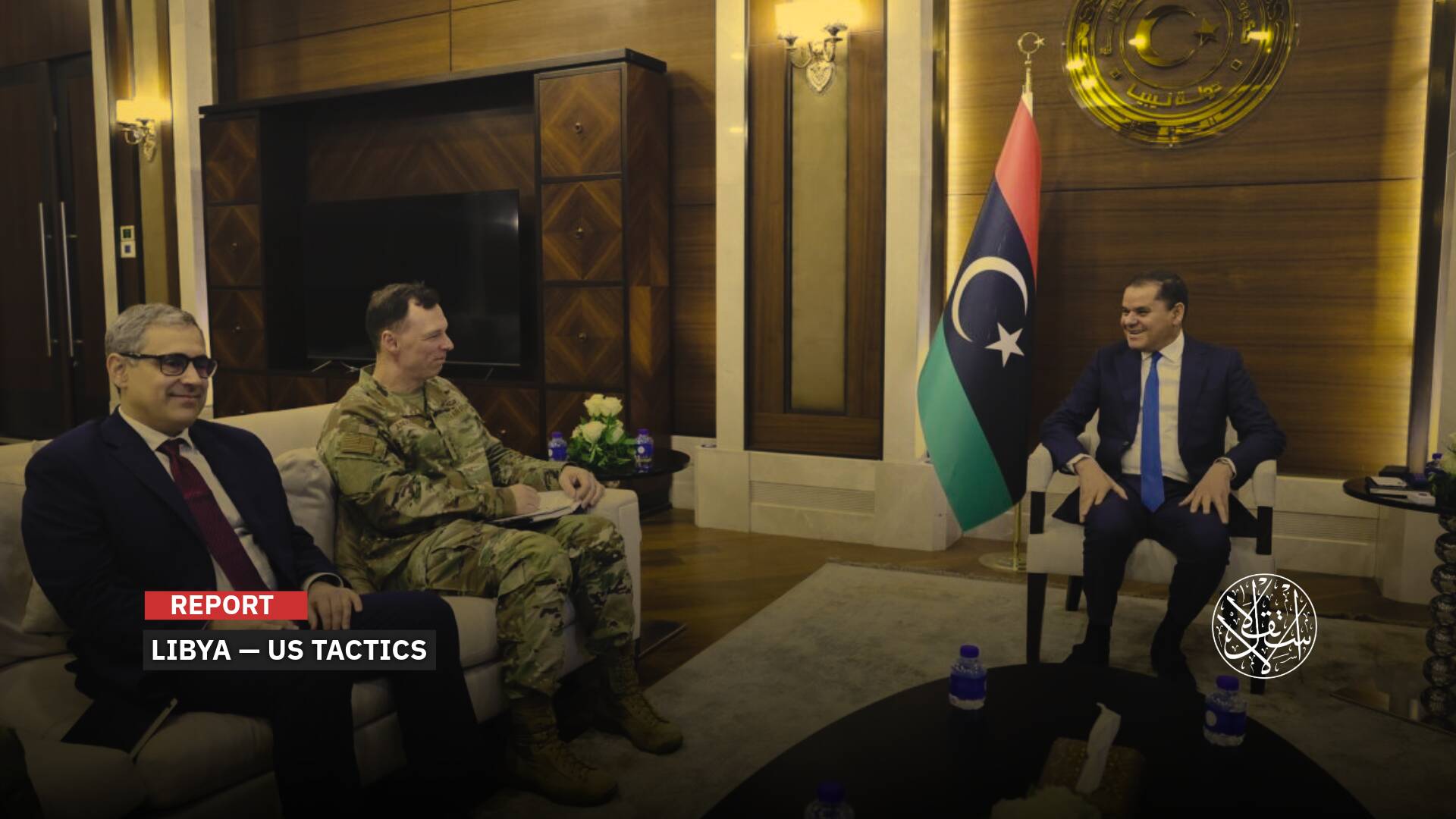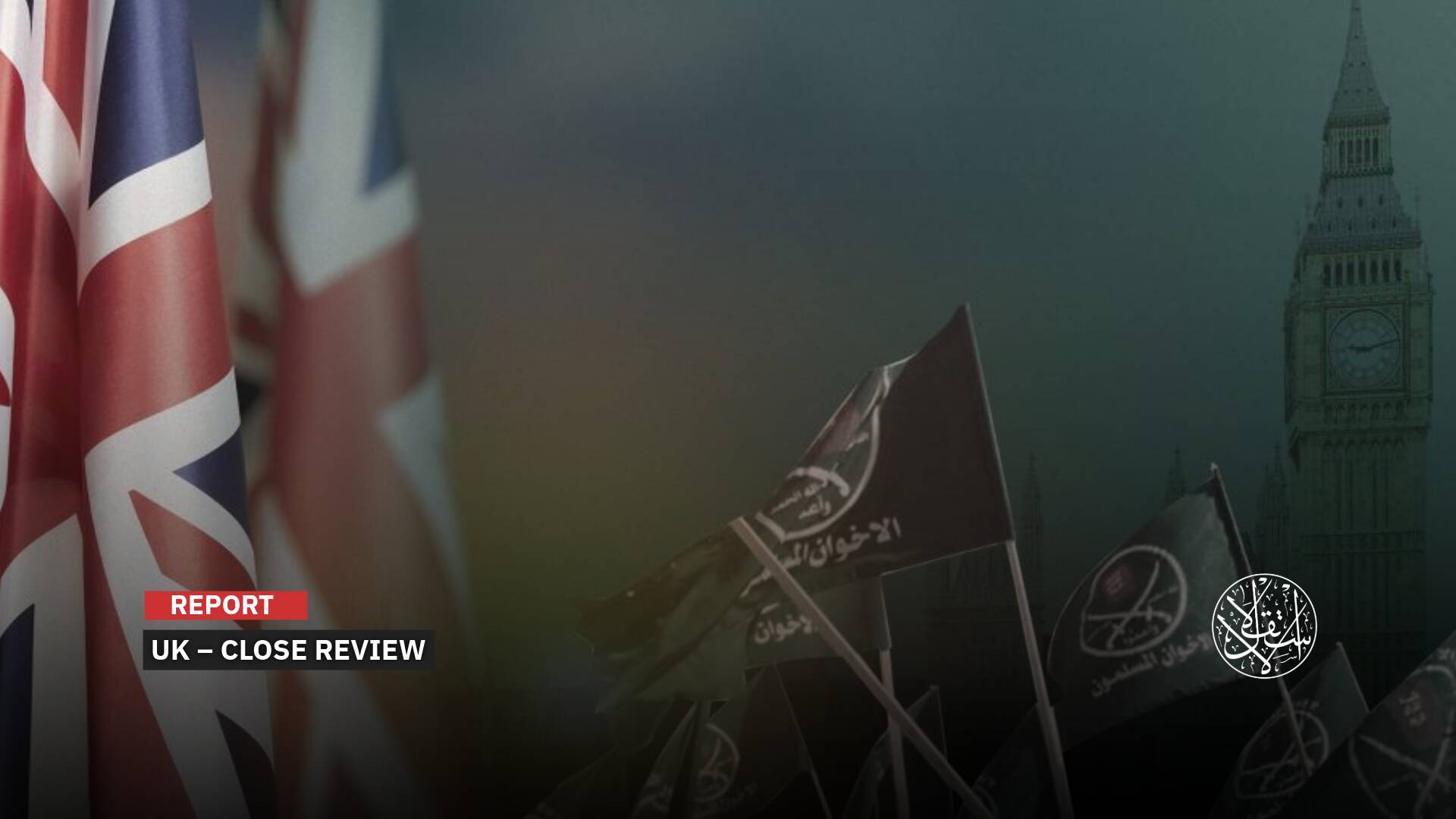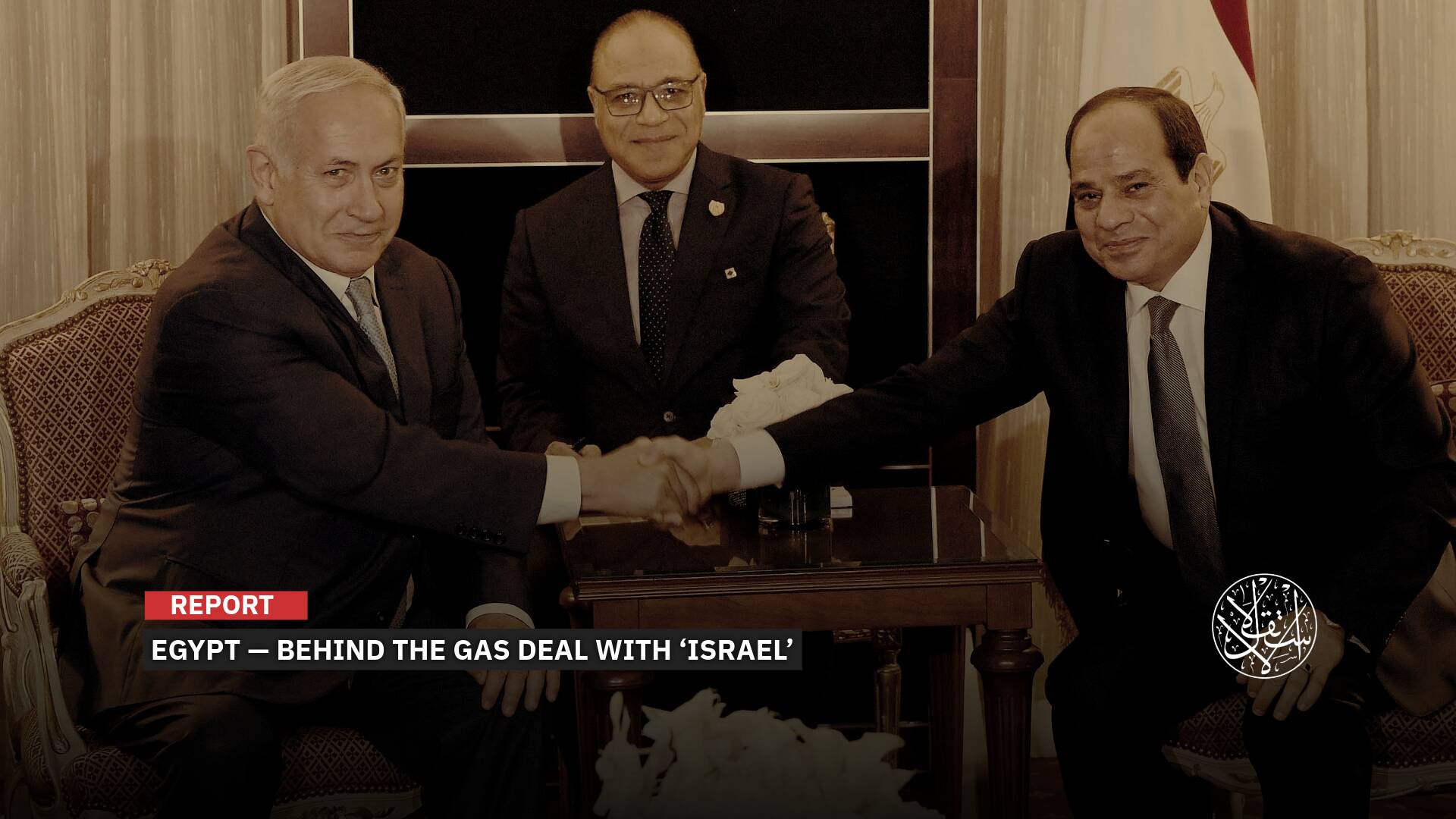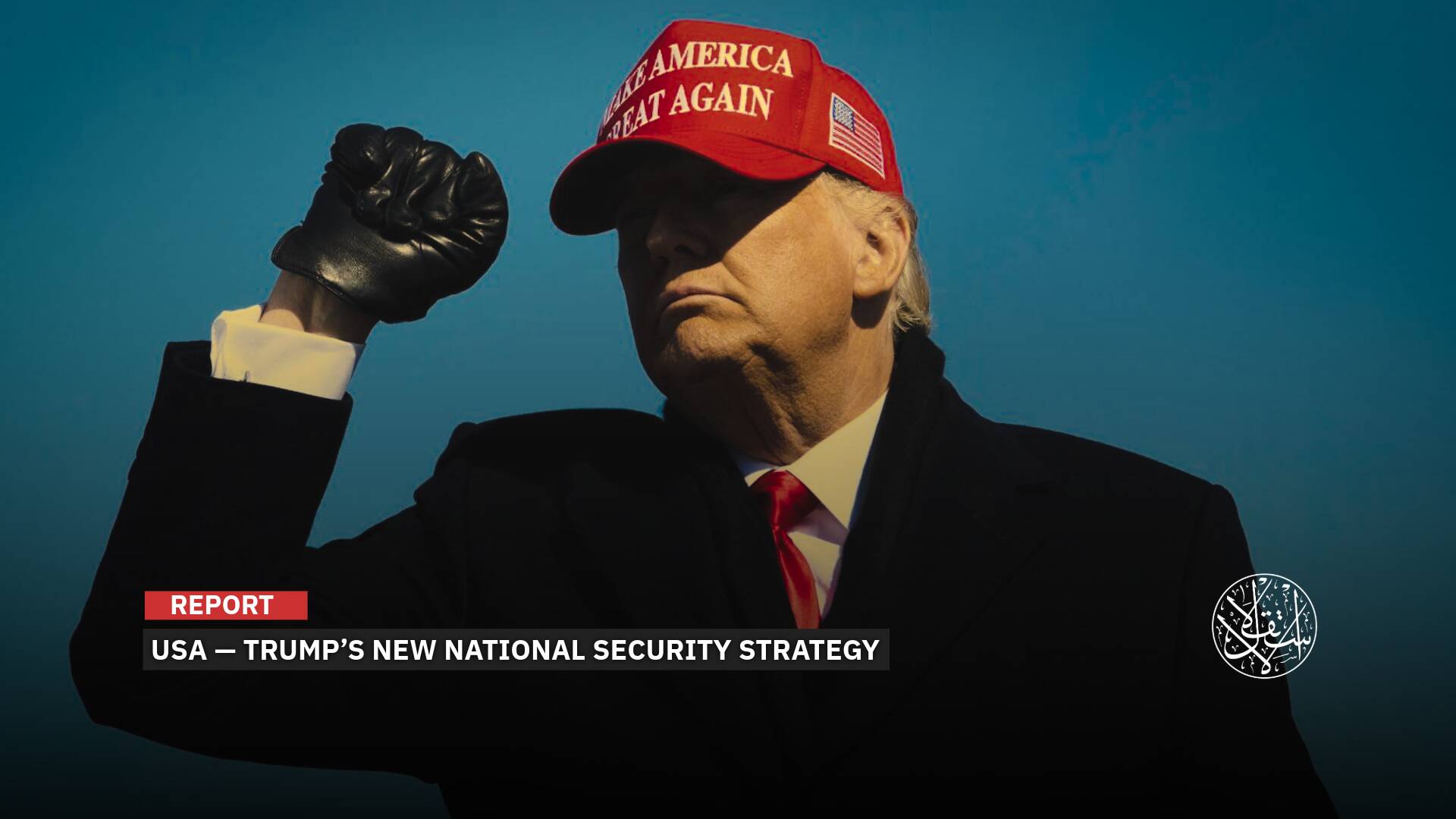Has the British Army Lost Its Readiness and Reputation Worldwide?

A senior US general told the UK Secretary of State for Defence, Ben Wallace, that the British military is no longer among the best fighting forces in the world, pointing out that the army was not considered a high-level fighting force.
General Wallace said decades of cuts in Britain’s military defense had undermined the country’s combat capabilities.
General Wallace said the defense sources told him: “Bottom line… it’s an entire service unable to protect the UK and our allies for a decade.”
British Prime Minister Rishi Sunak risks failure in his job as “wartime prime minister” unless the situation changes drastically, the sources added.
This decline in combat capability, after decades of money-saving cuts, needs to be reversed faster than planned in the wake of the Russia-Ukraine war, and the current prime minister calls for urgent action in light of the growing security threat posed by Putin’s Russia, they said.
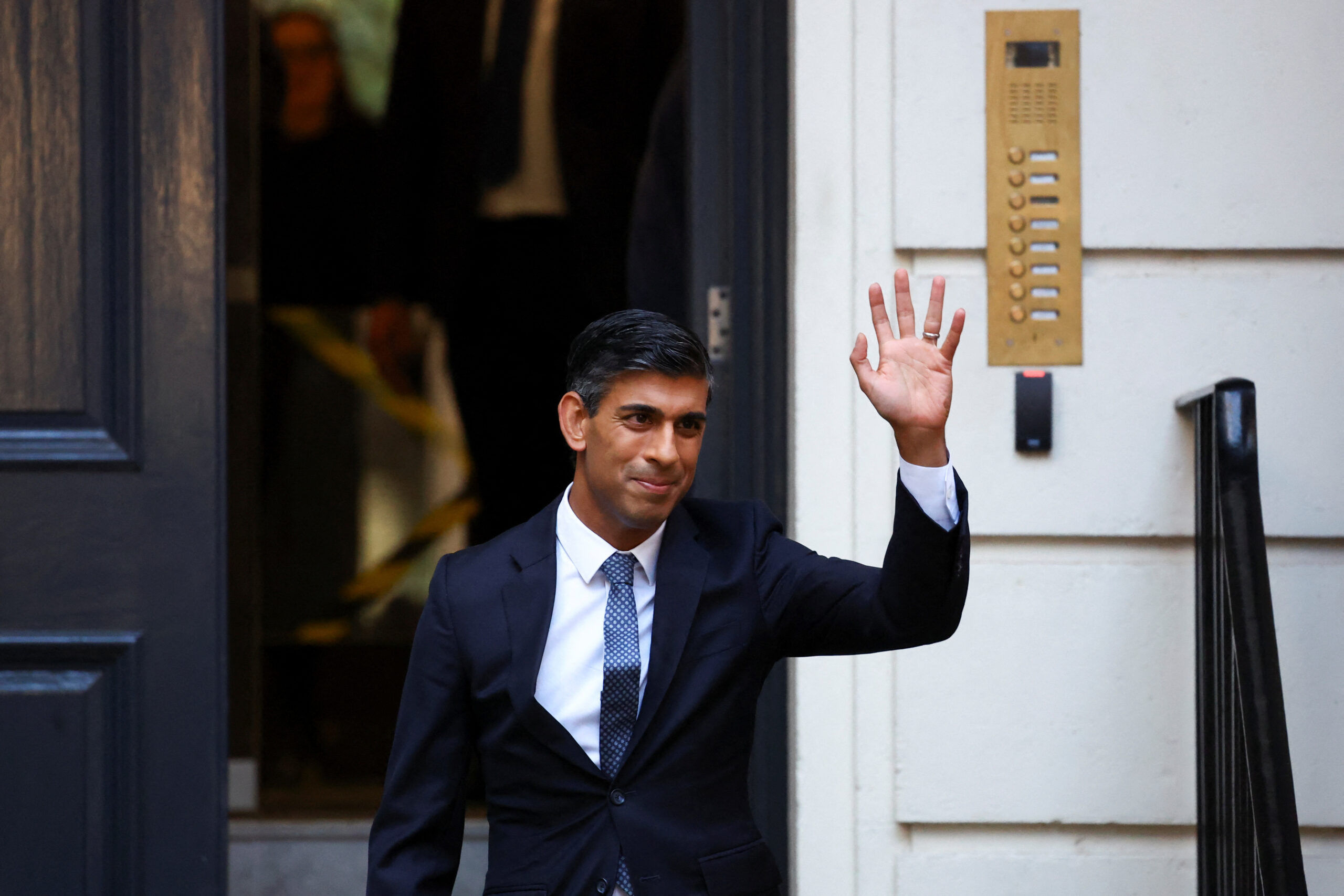
Declined Ranking
UK Minister of State for the Armed Forces James Heappey stated earlier in the Commons that Prime Minister Rishi Sunak and Chancellor Jeremy Hunt are aware that the army is “in critical need of recapitalization” and that “there is a budget coming.”
Despite the US general’s warning, former Prime Minister David Cameron believes the British Army is a “top-level combat force.”
When asked about the US general’s private remarks, the prime minister’s official spokesperson answered “yes” to PM Sunak’s belief that the British Army is a top-tier combat force.
He stated that the government is “ensuring our armed forces have the equipment and capabilities they need to combat tomorrow’s challenges,” including a fully funded £242 billion 10-year equipment program.
But according to Global Firepower, a website specialized in ranking countries in military terms, the British military ranked fifth out of 145 countries considered in the 2023 annual GFP review.
As of 2023, the British Army consists of 194,000 full-time regular personnel and 37,000 reservists.
The defense budget amounted to more than $50 billion and $235 million, making the United Kingdom seventh in the world in terms of defense spending.
In detail, the British Air Force ranks 16th in the world in terms of strength, with 663 different military aircraft in stockpile.
While the number of land forces is more than 114,000 troops, the navy ranked 38th in the world with 73 naval pieces, including two aircraft carriers, 6 destroyers, 12 frigates, in addition to 10 submarines.
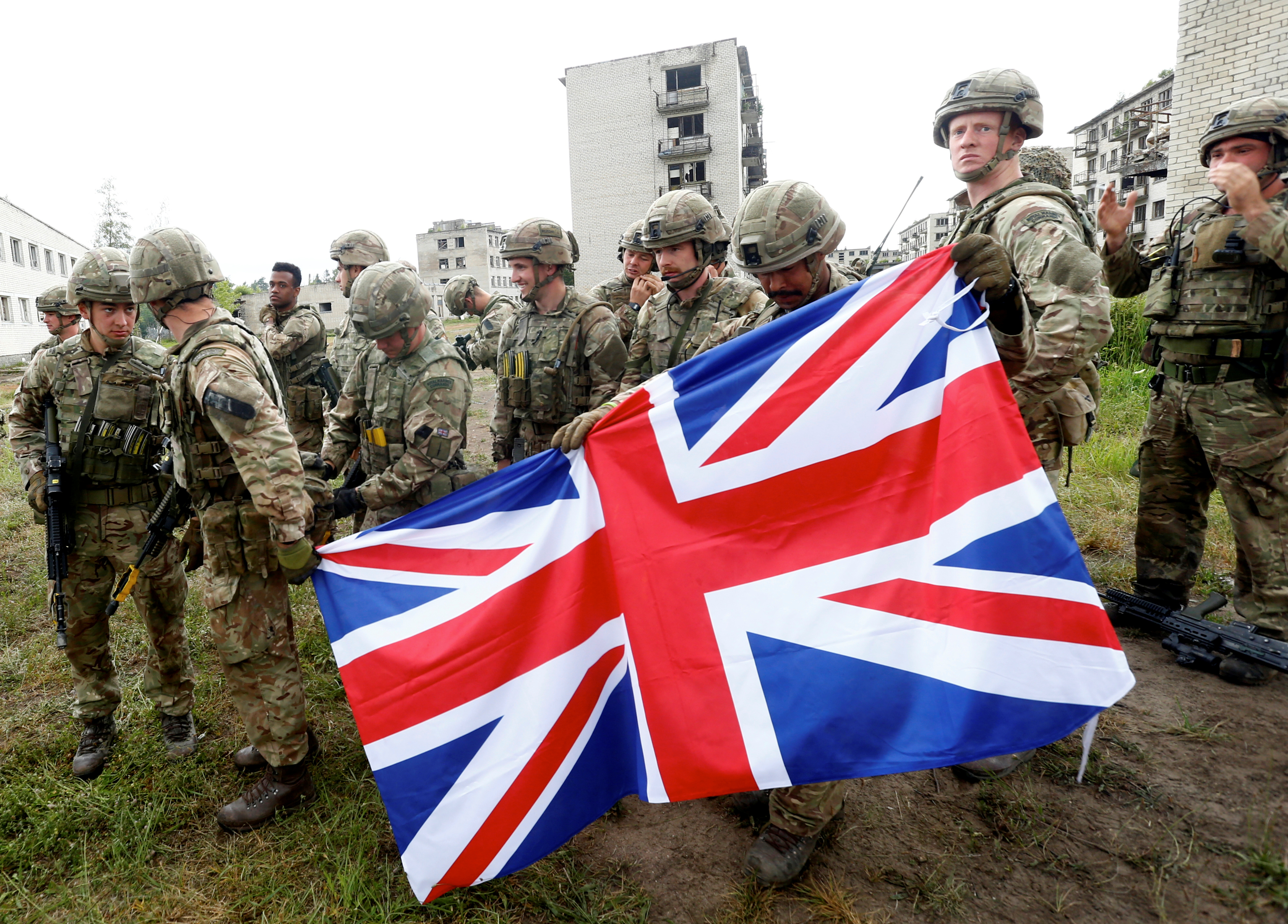
‘Second-Class Army’
It is recognized—to provide a sense of the size of the struggle faced by the army, Royal Navy, and Royal Air Force—that if called upon to combat, the armed forces would run out of ammunition “in a matter of days.”
The United Kingdom lacks the capability to protect its skies against the level of missile and drone attacks to which Ukraine is subjected.
It would take the army five to ten years to be ready to produce a war-fighting division of 25,000 to 30,000 men supported by tanks, artillery, and helicopters.
Approximately 30% of UK personnel on high readiness are reservists who are unable to mobilize within NATO timeframes—“so we’d show up under strength.”
The majority of the army’s armored vehicles, including tanks, were manufactured between 30 and 60 years ago, and comprehensive replacements are not expected for several years.
A US general told Wallace that the British army is not a “first-class” fighting force like the armies of the US, Russia, China, or France and is “barely” classified as a tier two medium force with lower combat capacity like the armies of Germany or Italy.
Ben Wallace received a candid assessment of the military from a US general about the scale of the challenge facing the army, the Royal Navy, and the Royal Air Force, with the apparent fear that the armed forces could run out of ammunition “within a few days” if they were asked to fight.
The UK also lacks the capacity to defend its airspace against the level of missile and drone strikes that Ukraine is currently experiencing.
For example, the majority of its armored vehicles were built 30 to 60 years ago, and “full replacements are not due for years.”
Assessments also indicated that it would take the British military five to ten years to deploy a 25,000-30,000-strong battle squad backed by tanks, artillery, and helicopters, and about 30 percent of the British troops on alert were reservists unable to mobilize within NATO schedules.
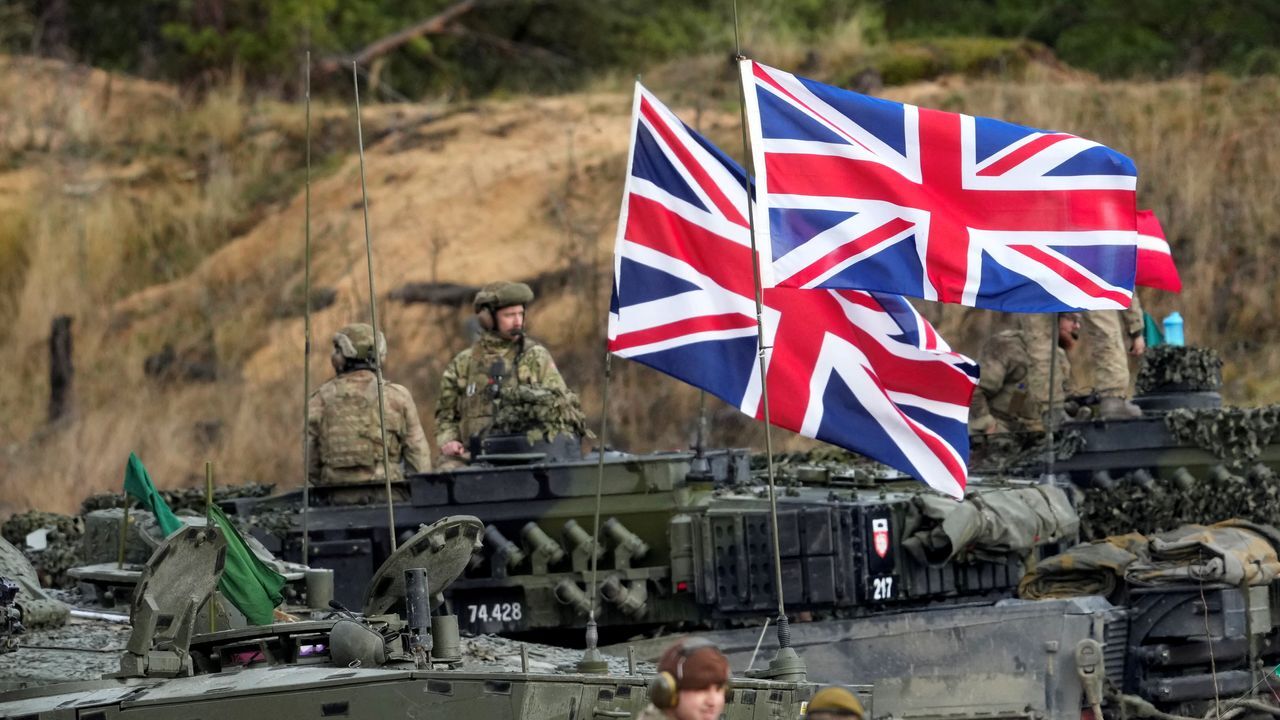
Revival Demands
Although European powers such as France and Germany announced big plans to increase defense spending after the start of Russian military operations in Ukraine last year, Sunak has yet to make any meaningful pledge to expand his defense coffers, instead seeking to “update” the defense policy review due to be published on March 7 ahead of the spring budget that will indicate whether to allocate any new funds to the military.
A second source familiar with the matter said to Wallace that everyone felt an urgent need for the UK to revive its military amid Russia’s ongoing military operations in Ukraine.
According to the source, this should include increasing the defense budget by at least £3 billion a year, as well as halting the military’s downsizing plan and relaxing peacetime procurement rules that hinder the UK’s ability to buy weapons and ammunition quickly, the sources said.
Former commander General Sir Richard Barrons said in media statements: “The money needed to fix defence is small when compared to other areas of spending like health, welfare and debt interest. So this is a matter of government choices, not affordability.”
“Defence can no longer be left at the bottom of the list…Why is this lost on Downing Street and the Treasury, but not in Paris or Berlin?” he added.




